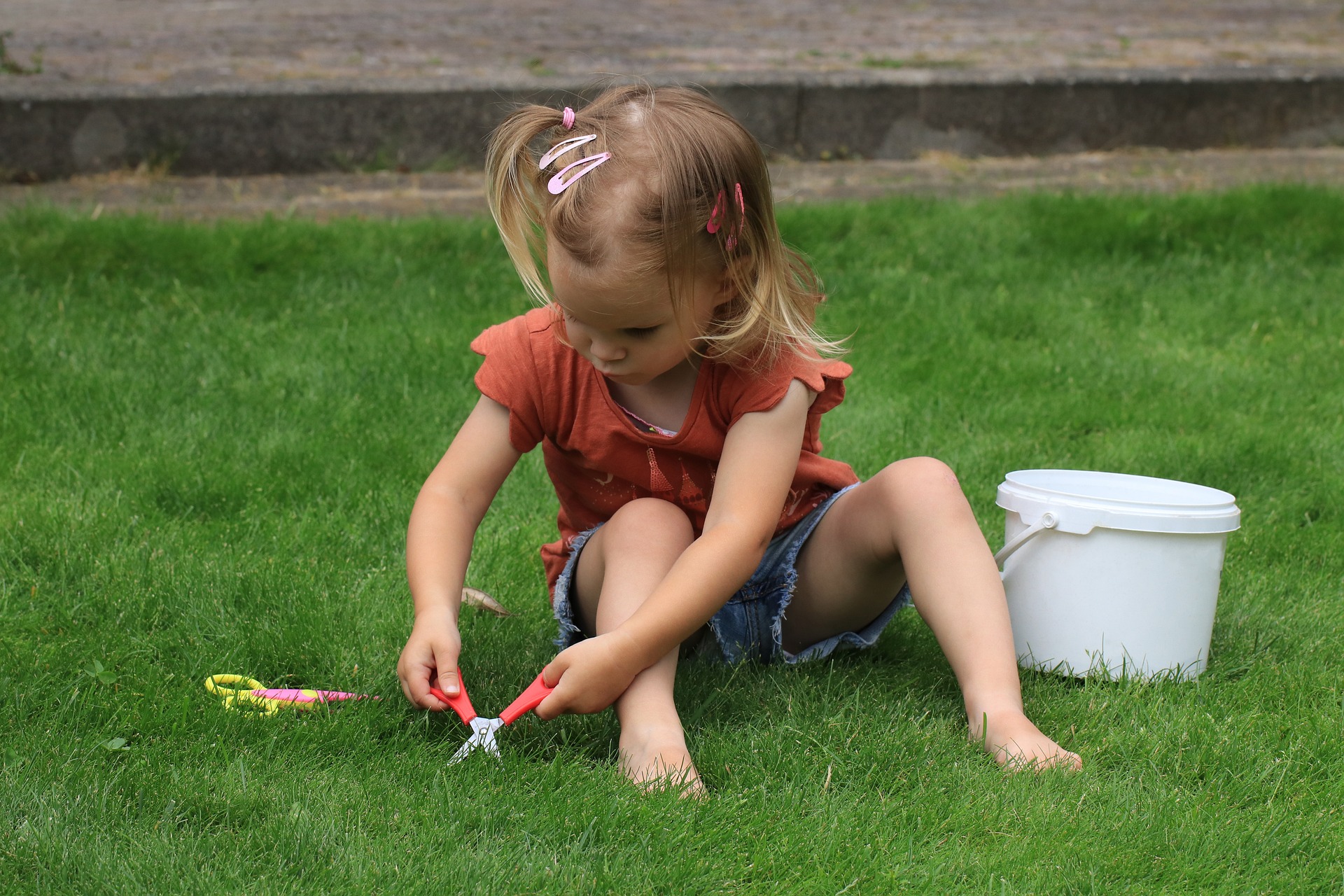Having a lush, green lawn is a point of pride for many homeowners, but achieving and maintaining this ideal can be challenging. Lawns are susceptible to a variety of issues, ranging from pest invasions to soil imbalances. Let’s dive into some common lawn problems and how to address them effectively.
Weeds Galore
One of the most common lawn nuisances are weeds. Dandelions, crabgrass, and clover can quickly overtake a lawn if not controlled. The key to managing weeds is regular maintenance and early intervention. Pre-emergent herbicides can prevent weed seeds from germinating, while post-emergent herbicides can help to eliminate existing weeds. Regular mowing and maintaining a dense turf can also prevent weeds from gaining a foothold.
Bare and Patchy Spots
Bare spots in a lawn can be an eyesore. These areas are often caused by heavy foot traffic, pet urine, or disease. To repair bare spots, loosen the soil and add a lawn patch product, which usually contains a mixture of grass seed, mulch, and fertilizer. For areas with heavy foot traffic, consider installing steppingstones or a path to minimize damage.
Pesky Lawn Pests
Grubs, beetles, and other insects can wreak havoc on a lawn by damaging the roots of the grass. If you notice brown, patchy areas or grass that lifts easily, you might have a grub problem. Applying a suitable insecticide can help, but it’s important to follow the product instructions carefully to avoid harming beneficial organisms.
Fungal Diseases
Fungal diseases like brown patch, dollar spot, and rust can leave unsightly spots and weaken your lawn. These diseases thrive in moist conditions, so improving drainage and avoiding watering in the evening can help. Fungicides can be effective, but they should be used as a last resort.
Soil Quality Issues
Poor soil quality can starve grass of necessary nutrients. Compacted soil, improper pH levels, and nutrient deficiencies can all impact grass health. Aerating your lawn can help improve compacted soil, allowing water, air, and nutrients to penetrate more effectively. Soil testing can reveal pH imbalances or nutrient deficiencies, which can be corrected with the appropriate amendments.
Watering Woes
Both over-watering and under-watering can damage your lawn. Over-watered lawns can develop root rot and fungal diseases, while under-watered lawns can become dry and brown. The key is to water deeply but infrequently, encouraging deeper root growth. Early morning is the best time to water, as it reduces evaporation and fungal growth.
Shade Struggles
Not all grass varieties thrive in shade. If your lawn struggles due to lack of sunlight, consider planting shade-tolerant grass species. Alternatively, embrace the shade by incorporating shade-loving plants or creating a garden area. Also raising the canopy is a smart move. Trimming low hanging limbs lets more light sneak through to those grassy areas craving sunlight, giving them a fighting chance to thrive even under the shade.
Thatch Troubles
Thatch is a layer of dead grass and roots that can build up on the soil surface. A thick thatch layer can prevent water, air, and nutrients from reaching the soil. Regular dethatching, either manually or with a power de-thatcher, can help maintain a healthy lawn.
Improper Mowing
Mowing your lawn too short can stress the grass and make it more susceptible to issues. Keep your mower blades sharp and mow at a height appropriate for your grass type. Taller grass can develop deeper roots and is often more drought resistant.
Animal Damage
Pets and wildlife can cause physical damage to your lawn. Encouraging pets to use a designated area and using humane deterrents for wildlife can help minimize damage.
In conclusion, while maintaining a perfect lawn can be challenging, understanding, and addressing these common problems can lead to a healthier, more robust lawn. Regular maintenance, appropriate watering, and soil care are key to keeping your lawn looking its best.



